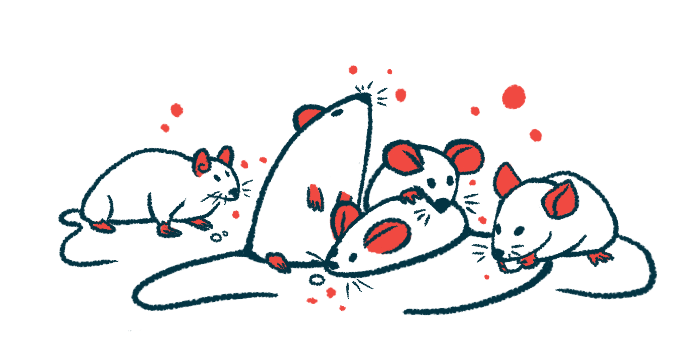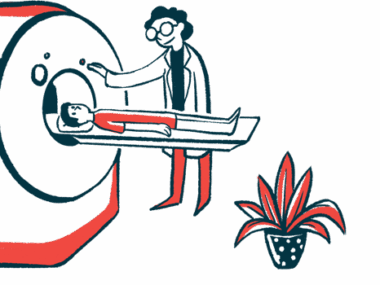Optimized Stem Cell-based Gene Therapy May Treat Pompe Disease
The treatment clears glycogen from heart, skeletal muscles, CNS in mice
Written by |

A new cell-based therapy containing a modified version of the GAA gene mutated in Pompe disease, can effectively clear out glycogen in a number of tissues, including the heart, skeletal muscles, and central nervous system (CNS), a mouse study showed.
The new treatment functions as a blood stem cell transplant, but the stem cells are first engineered to produce a more efficient form of the acid alpha-glucosidase (GAA) enzyme. As they give rise to mature immune cells that travel to distinct organs, they are expected to help clear the abnormal glycogen buildup in multiple tissues.
While more research is needed, the study supports the clinical development of a stem cell-based gene therapy as a potential therapeutic option for Pompe.
The report, “Screening chimeric GAA variants in preclinical study results in hematopoietic stem cell gene therapy candidate vectors for Pompe disease,” was published in Molecular Therapy – Methods & Clinical Development.
Mutations in the GAA gene can lead to Pompe disease because they drastically reduce the amount of functional GAA, an enzyme responsible for breaking down the glycogen sugar molecule. When this enzyme is lacking, glycogen builds up to toxic levels, damaging multiple cells and tissues.
The main therapeutic strategy to treat Pompe is enzyme replacement therapy (ERT), which involves an engineered version of the GAA enzyme replacing the missing enzyme. ERT is poorly absorbed in muscles and cannot reach the brain, however.
Hematopoietic stem and progenitor cell (HSPC)-based gene therapy has been recently explored as a treatment. It involves collecting HSPCs — stem and progenitor cells that give rise to all blood cell types — from a donor and treating them with a harmless lentivirus that carries the functional GAA gene.
After being infused into the patient, the modified cells travel to the bone marrow, where they give rise to blood cells that may weaken symptoms by producing the functional GAA enzyme.
In a mouse model of Pompe disease, the approach successfully normalized glycogen buildup in muscle, heart, and brain tissue, and restored cellular defects and motor impairments associated with the condition.
Seeking to better stem cell-based gene therapy
Researchers at Avrobio and colleagues tested 11 modified GAA sequences that could improve the method’s effectiveness. Ten of the sequences were designed to connect the GAA enzyme with a tag called GILT that could improve cellular uptake.
HSPCs from mice lacking the GAA gene were cultured with a virus carrying different versions of the healthy GAA gene. These cells were then injected into GAA-deficient mice.
Results showed most of the variants induced greater than normal GAA enzyme activity and increased the secretion of GAA by cells, which usually occurs at very low levels.
The mice receiving the stem cells treated with these variants had lower glycogen deposition in target tissues, including the heart, skeletal muscle, and CNS. There were two sequences with a specific optimization in the GILT tag that were especially effective in preventing glycogen accumulation in these areas.
Further testing confirmed such optimization does not cause off-target effects or alter insulin signaling, blood glucose, or induce hematopoiesis — the process by which blood cells are formed.
“In summary, our results showed robust expression and secretion using GILT-tagged GAA transgenes, achieving [greater than normal] and sustainable GAA enzyme activity levels in [GAA deficient mice],” the researchers wrote. “Altogether, our data indicate that [vectors containing an optimized tag] are considered lead candidate vectors and warrant further long-term efficacy and safety preclinical investigation for application in first-in-human lentiviral HSPC gene therapy for Pompe disease.”






